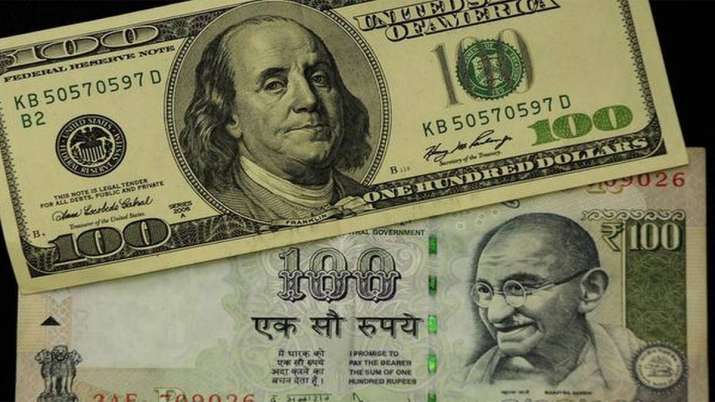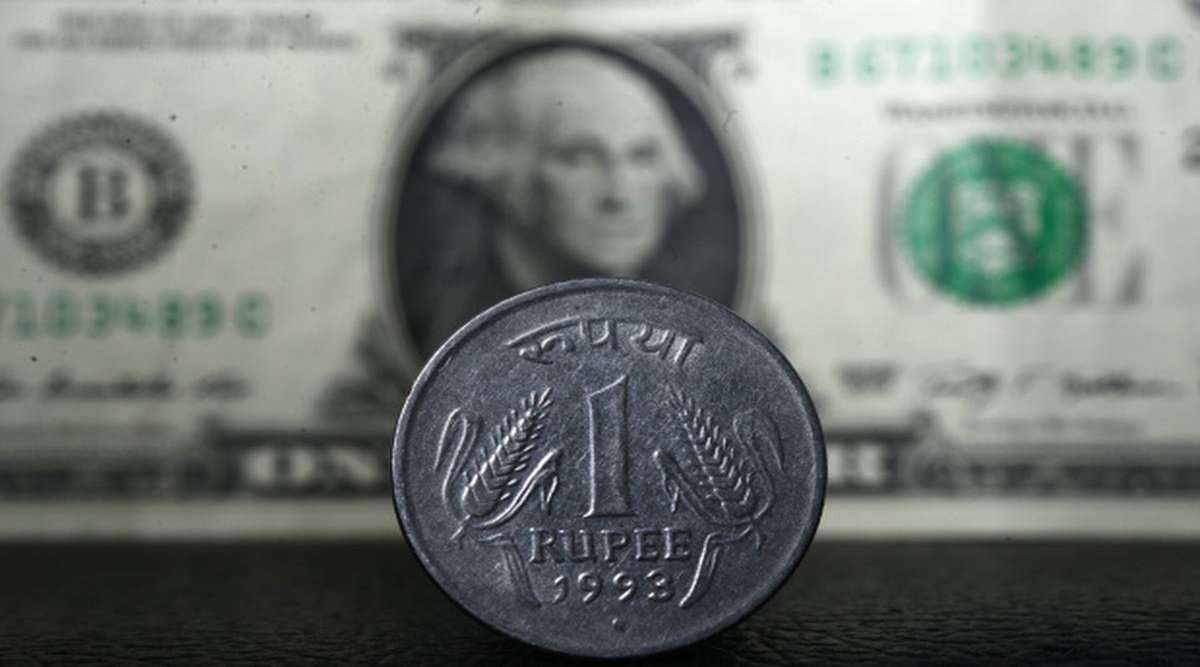Because the Reserve Bank of India (RBI) is expected to intervene, market participants anticipate a slight devaluation of the rupee, which will prevent the FX market from experiencing extreme volatility.
By the end of December, the rupee should be trading around 84.50 to the US dollar. Tuesday saw it fall to a new low of 84.414. It fell as low as ever during the day, at 84.427. The market participants emphasized that the rupee will continue to face depreciation pressure due to the firm dollar index, a reduced balance of payments surplus for FY25, and the weakness of the Chinese yuan.
For the September quarter, the balance of payment surplus for India was negative due to the rise in trade deficit. Moreover, the continuous foreign outflows from equities will also add another layer of pressure on the rupee.
So far in November, the rupee has depreciated 0.4% against the greenback due to the strengthening of the dollar index and the rise in US Treasury yields after Donald Trump won the US Presidential elections. Since the first rate cut by the US Fed and Trump’s victory, the rupee has remained under pressure. However, the RBI’s active intervention has checked for any sharp downward movement. The rupee fell to 84.41 on November 19 from 84.11 on November 5.
With the RBI’s ongoing assistance, the rupee has so far outperformed its Asian counterparts in November and is predicted to continue to rank among the top-performing Asian currencies. In an effort to curb the rupee’s devaluation, the RBI sold $29 billion worth of foreign exchange reserves. According to the central bank’s most recent figures, its foreign exchange reserves declined for six weeks in a row. The central bank’s foreign exchange fund was valued at $675.7 billion as of November 8. So far this fiscal year, the Indian rupee has lost 1.2% of its value. However, it has lost 1.5% of its value in the current year.

